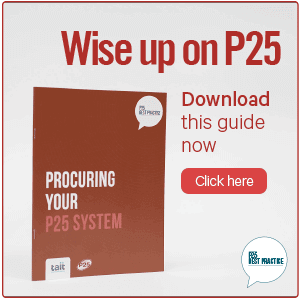Pre-proposal engagement
It is recommended to hold mandatory pre-proposal conference and site visits for the prospective suppliers within two or three weeks after issuing the RFP.
The pre-proposal conference is your opportunity to reinforce the most important messages in the RFP document itself, to explain your evaluation criteria, and to meet the potential proposers. For the vendors, it is an opportunity to evaluate their suitability to the project and to ask additional questions.
Site Visits
Site visits are a crucial part of the process. Typically, the pre-proposal conference is followed up immediately by site visits. When you grant the vendors access to all your relevant sites and allow them time to gather quality information, you put the onus for accurate system design on them.
The site visit also gives them an opportunity to evaluate potential reuses of infrastructure elements, lowering your overall project cost.
Make sure you remove all obstacles to gathering the necessary information – provide local transportation, do not rush anyone, provide answers to all questions posed during the visits in writing to all of the competitors.
Some vendors prefer to bring large teams to the site visits. This is undesirable, because it complicates your logistics and requires that you provide more team members to accompany them. As a result, it is difficult to maintain consistency of information to other vendors. Consider limiting the number of team members per vendor to no more than two or three people.
Q&A
Regardless how diligent your team might be in preparing the RFP, some additional questions and requests for clarifications are inevitable. During the prescribed period between the release of the RFP and Q&A cut-off date your designated point of contact should receive all questions in writing, acknowledge them and forward to the competent party in your team.
Responses should be either simultaneously sent to all designated vendor points of contact by e-mail or posted on line. Establish the cut-off date for the questions and answers two to three weeks before the proposal due date, so that the vendors can lock and finalize their designs and proposals in a timely manner.
Coping with large number of questions from multiple vendors on larger projects can become a challenge. Some agencies attempt to organize the responses so that they are grouped according to specific topics and sections of the RFP.
This can quickly become overwhelming, so it is best to keep it simple and answer the questions roughly in the order in which they were asked.
The Q&A sometimes become official appendices to the RFP – in other cases they remain as e-mails or free-flow web postings. Whatever form you choose, the written answers to vendors’ questions are part of the official record and become de facto part of the RFP, superseding any earlier statements.
So it is important to clarify that any verbal information provided by your team to the vendors is not relevant or binding, unless captured and officially provided in writing to all competitors.
Click "NEXT" to learn about Receiving and Processing Vendor Responses or select a topic from the menu below.



Leave a Reply